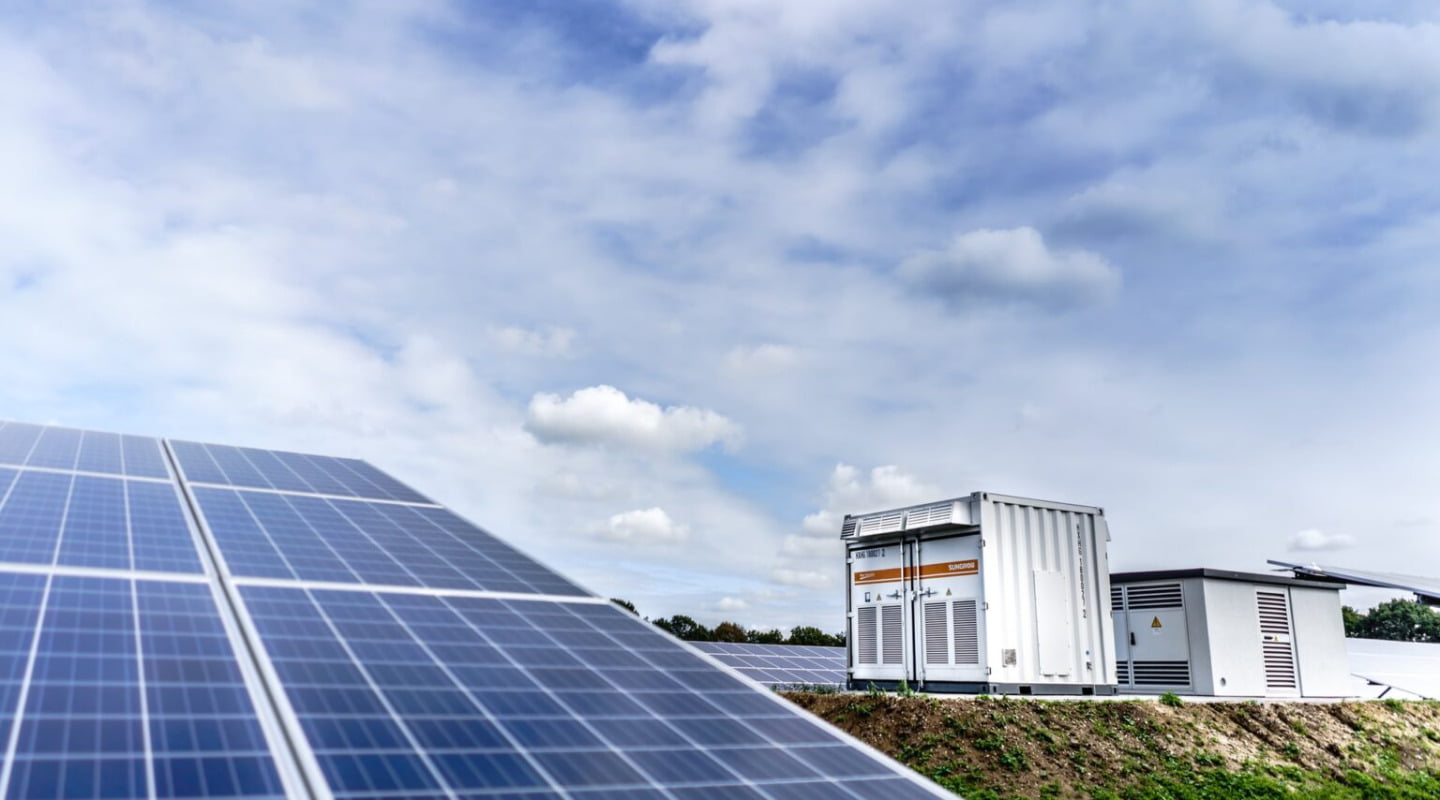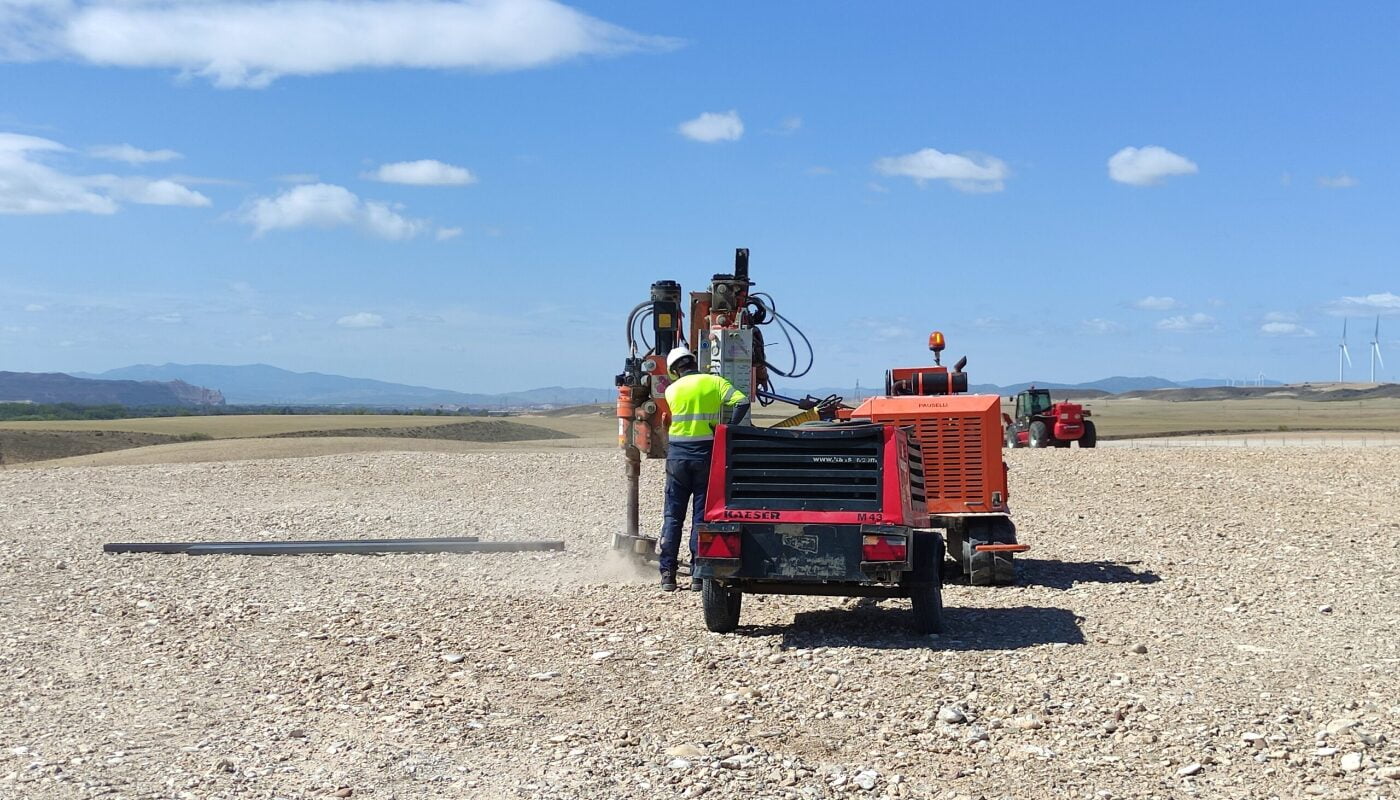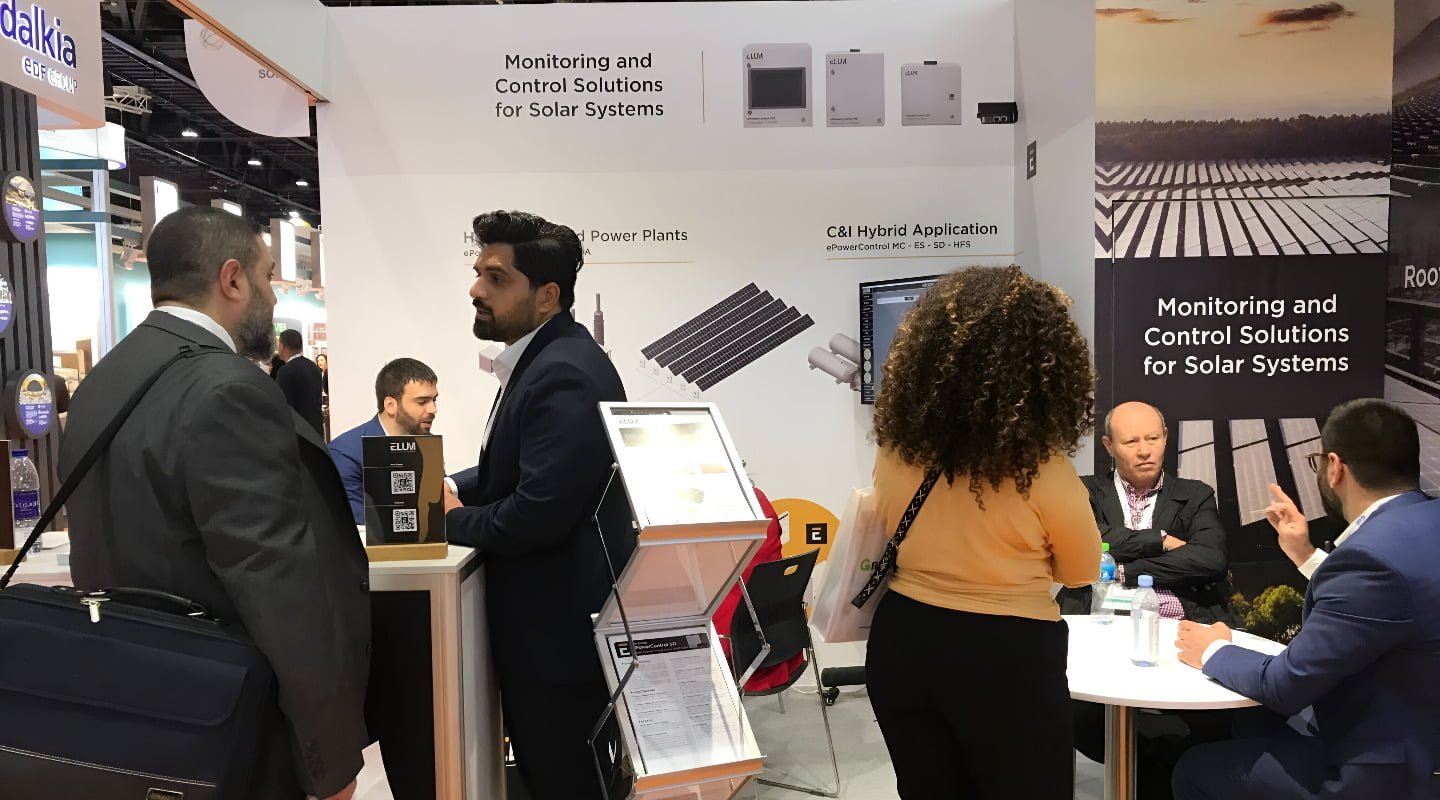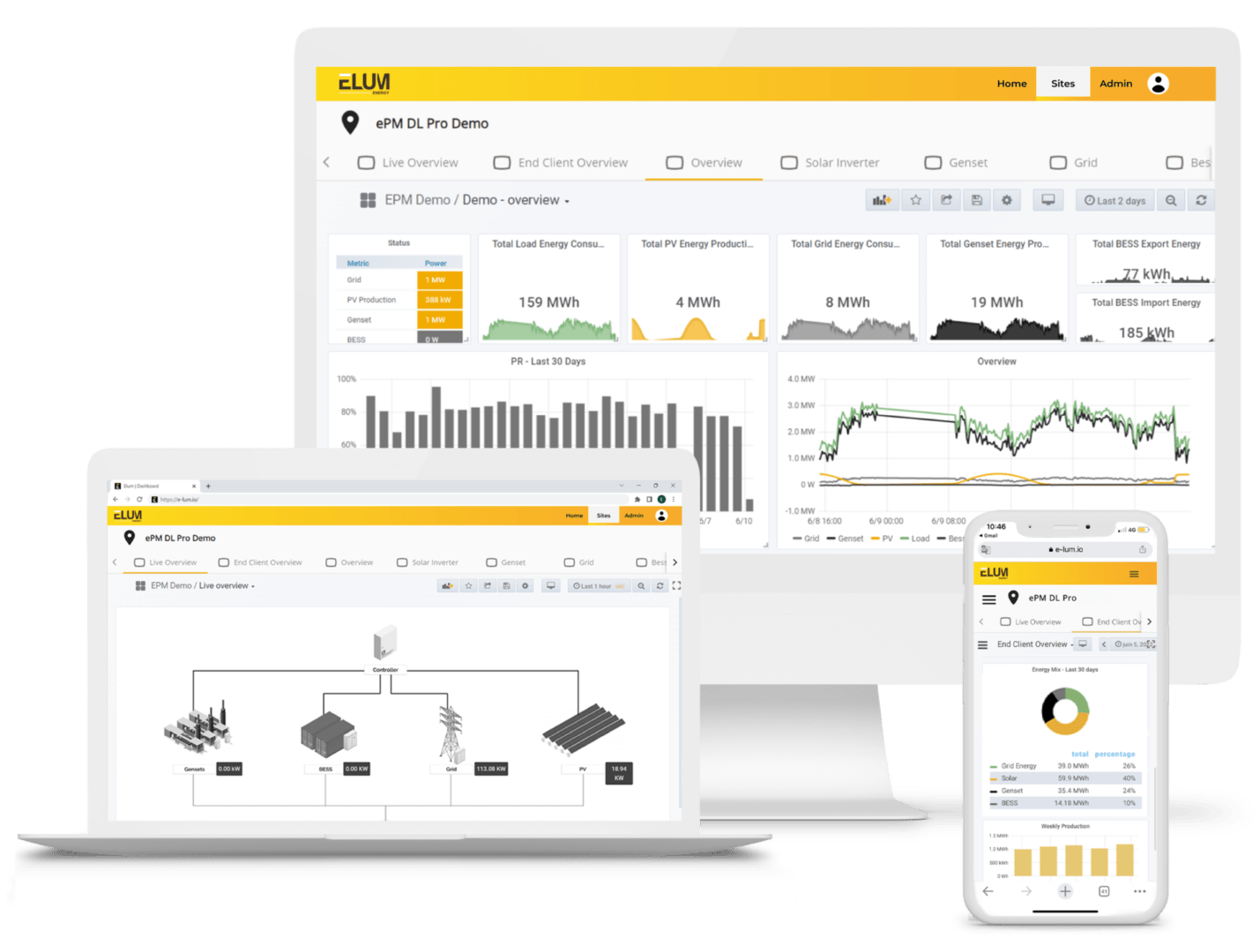Op-Ed: The Rise of Battery Energy Storage Systems in C&I Landscapes
- By Karim El Alami
- |
Introduction:
The energy landscape is changing rapidly, driven by the widespread adoption of stationary Battery Energy Storage Systems (BESS). While residential and utility-scale BESS projects have garnered significantly greater coverage, the commercial and industrial (C&) sector is the future of energy storage.

When we examine these applications, it is clear why C&I is often overlooked. Residential and utility-scale BESS deployments are more visible to the public and offer more immediate benefits. Residential deployments reduce energy bills and are directly connected to our homes, making us more aware of their local impact.
While utility-scale deployments are particularly noteworthy thanks to their large-scale projects, which often serve as flagship initiatives in specific regions. These projects also play a crucial role in stabilizing the grid and integrating renewable energy sources.
BESS deployment in the C&I sector encompasses factories, shopping centers, and supermarkets which are all part of our everyday lives. Hence, it plays a crucial role in reducing greenhouse gas emissions associated with consumer goods. Despite its massive potential impact, it deserves recognition as the catalyst for the energy transition.
One challenge revolves around determining the Return on Investment (ROI) for such projects. Calculating the ROI of BESS projects in the C&I sector is difficult because they don’t benefit from the same public programs as residential and utility-scale projects like subsidies or participation in frequency regulation markets. These projects need to be financially viable on their own.
The value of a BESS is not as easy to measure as energy production. It can save money by managing electricity costs, or provide other benefits like uninterrupted power during outages or reduced need for electrical grid upgrades.
Despite the challenges of calculating ROI, there are business cases for BESS in many different locations. The key is to identify the areas where BESS can provide the most value.
In South Africa’s case, the scourge of load shedding has propelled a surge in BESS demand across sectors like healthcare, hospitality, and commerce. The motive isn’t just energy storage; it’s continuity preservation amidst the tempest of unreliable electricity supply.
In Peru, a meticulously crafted strategy targeting peak-hour consumers has made BESS a compelling investment. During designated “Super Horas” periods, BESS effectively reduces peak penalties, translating into resolute financial advantages.
Meanwhile, across Europe, the electric vehicle revolution is driving the surge in charging infrastructure. It raises the question: should we invest in overhauling electrical setups with expensive transformers or should we find a more streamlined option? In comes BESS, a pragmatic solution that circumvents the need for elaborate infrastructure renovations.
The practical implementation of solar power marks the beginning of a new era. We are on the cusp of a major energy transition, where solar power is quickly becoming essential to all architectural projects. This transition is not just about installing solar panels; it is about changing the way we think about energy. Solar and storage will become the norm, and we will need to rethink our energy infrastructure.
Old methods are no longer sustainable. Embracing a solar-powered future requires the cooperation of innovators, policymakers, and pioneers. The path ahead will be challenging, but the transformation is inevitable. Let us meet this challenge with the expertise of professionals and the realism of pragmatists. Together, we can create an energy landscape that is not just promising, but grounded in reality.
Author: Karim El Alami
Managing director at Elum Energy
Karim El Alami is Managing Director of Elum Energy, an energy automation company providing turnkey power plant controllers and microgrid controllers for solar plants coupled energy storage systems and thermal generation in more than 60 countries so far. Karim graduated from Ecole Polytechnique in France and UC Berkeley in California.
Related posts
Want to share your solar
project with us?
project with us?






